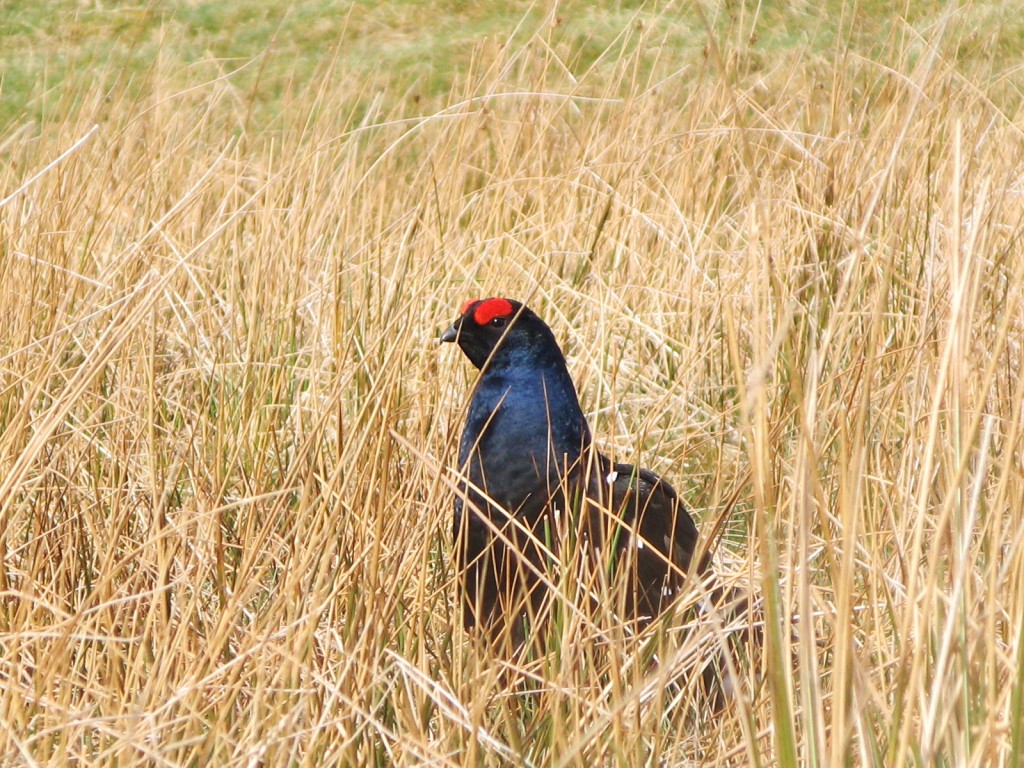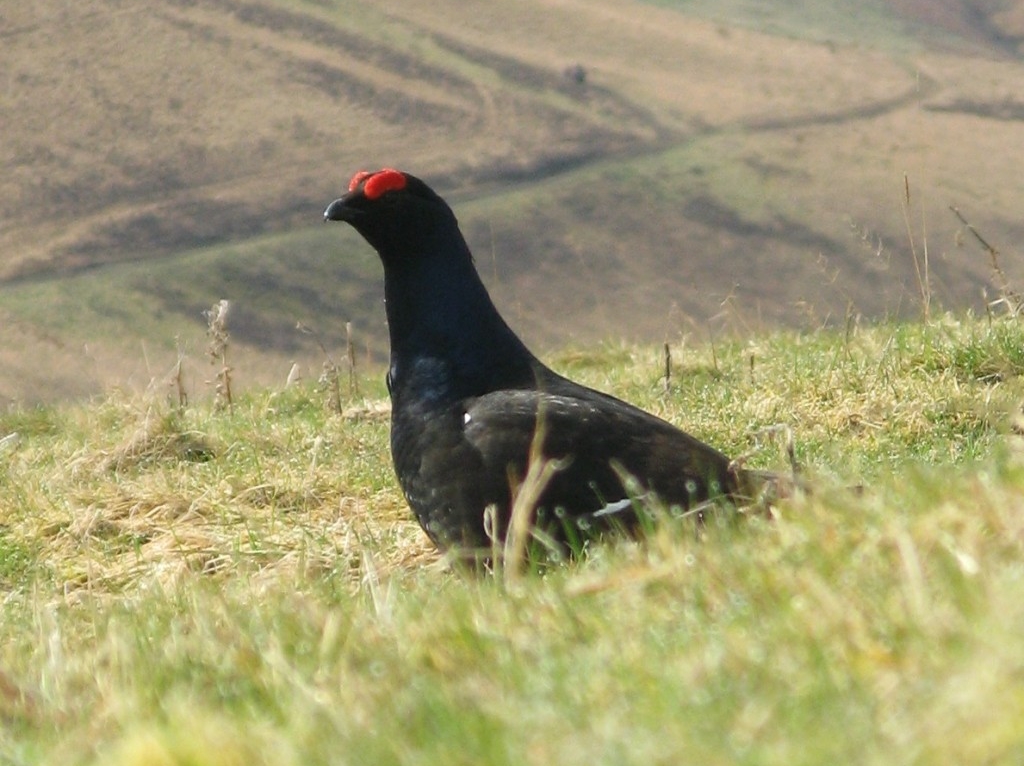Skokholm island is a small island of the south-west tip of Pembrokeshire. I have been planning a trip there for around 5 months primarily to record the sound of manx shearwaters returning to their burrows but I also hoped to get some recordings of puffins and other species like the storm petrel and possibly razorbills and guillemots.
I first heard manx shearwaters when I was in my early teens. I was on the isle of Eigg off the west coast of scotland and heard some really strange sounds echoing off the cliffs near laig bay as I walked back to my tent at around 11pm. I was informed by people in the know that this was the sound of manx shearwaters returning to their burrows. They do it by night to avoid predators and very dark cloudy nights seem to be the best time to hear them as they tend to come back in greater numbers. The female (who has a lower, gruffer call) usually stays in the burrow while the male goes to sea to feed and bring back food.
I have never heard or seen them since that time on Eigg and it had really made an impression on me so I decided to try and get a recording. I thought my best chance to get a good one was to go to Skokholm as there are around 45,000 pairs on the island. Its a 10 hr drive from Edinburgh to catch the boat at Martin's Haven so it was going to be a long trip.
The island is managed by the Welsh Wildlife Trust and has two wardens Richard Brown and Giselle Eagle. Here's an Interview with them from back when they first became wardens. Here is some Info about staying on the island and here is Richard and Giselle's blog
The trip down went ok although around 4 hrs into the journey the car started to make a weird rattling sound which was a bit disturbing as I had to be back for work after the trip.... But I eventually made it down to Marloes, where I was staying in a small B & B. I then got a call from Richard saying the boat on the Monday would be cancelled as the wind was too high which was a bit of a shame as it would mean one less day of recording. This is something to keep in mind if you are ever heading out to Skokholm - boats are quite often cancelled due to weather (the captains decision is final) so there is a chance that you might get stuck on the island or not get onto it all all if the weather is too bad.
I got over to the island on Tuesday though. The boat trip was fairly 'lumpy' as the captain said but we all made it in one piece. The accommodation on Skokholm has been upgraded over the last few years and there are four twin rooms and one double bedded room in the renovated cowsheds, one twin room and four single rooms in the cottage, plus a further two twin rooms in the warden’s old quarters. There is also hot and cold running water (solar powered) to the bedrooms, a communal lounge in the cottage which has a multi fuel stove. Pretty great all in all!
I got out recording every night of the stay. The first night was slightly too windy to get good recordings but it was a good chance to scout out possible locations and on the second night the wind dropped and I managed to get some decent recordings. Below is a short clip of a recording made with my mkh 30/mkh 40 M/S rig. The shearwaters started to return at around 10.20pm and peaked at about 11.30pm. This clip is from 11.46pm and was made on the 4th of May.
Here is a recording made with a single DPA 4060 placed at the entrance to a burrow. Its a female calling to a male from the burrow.
There were also chances to record puffins during the day. Crab Bay seemed to be a good spot for this. I have never seen so many puffins! They were wheeling round the hide at amazing speeds. They seemed to be most vocal at around 8.30pm. I found it a very hard call to record though as it is quite quiet and the sea was quite close. I ended up pointing the mics away from the sea and using the hide to block the sound of the waves. Not the greatest recording but still an amazing sound!































